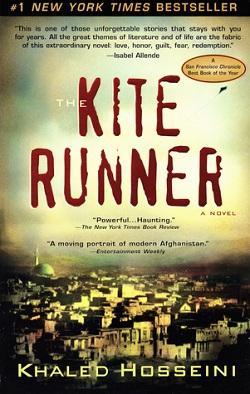Chapter 15
It had beendifficult for Elizabeth to concentrate on her studies the next morning. She was looking forward to their journey to the school and she kept asking if it was time to goyet.
Susan was much relieved when it finallywastime to go. She bundled Elizabeth up as it was a blustery Octoberday.
John had arranged for a closed carriage to take them to Hollyoak. Elizabeth was so excited she could barely sit still as the carriage got underway. She looked out the window and pointed to a field of grazing sheep. She carried on a running conversation with herself as she commented on what she wasseeing.
Then John said to Susan, “It’s the perfect time for this inspection because we’re going to be starting the sheering in two days and I’ll be tied up until the wool is finally shipped tomarket.”
“Won’t it be nice to have your own shipping station once the railway is built?” Susanasked.
“It’ll be a great added benefit. And I’ve begun to think about how else I might use that train stop. Perhaps I could invite other wool producers to form a co-op and we could ship together and lower the shipping costs for all ofus.”
Susan turned to John. “Most ingenious. And what if you wanted to take a passenger train to London? Could you use the stop forthat?”
“Good idea. I’ll need to find out aboutthat.”
The carriage soon arrived at the Hollyoak house. It was about half a mile from the worker’s village, so it would be easy for the children to walk to school. The three emerged from the carriage and studied the house. It had been constructed as a simple country home. It was of brick construction with two stories and a slate roof. The front had not been landscaped yet, but Annabel’s holly bushes were clustered behind thehouse.
“I’m sorry it’s not very inviting,” John said. “It would look a lot better with roses, some nice bushes, and a flowergarden.”
“That might be a nice project for the school children to tackle at some point,” Susansuggested.
“Can we go inside?” Elizabeth asked, pulling at John’sarm.
“We certainly can.Come.”
John led the way to the front door. He unlocked it and they went inside the empty house. It had never been furnished, and it smelled a bit musty, even though it had never been livedin.
“It needs airing out,” Susansaid.
“Yes, it’s been closed up a long time. But what do you think? Would this work as yourschool?”
“We’ll need at least three school rooms. Some office space, perhaps a nap room for the younger children, and a working kitchen so we can make lunches. Let me just walk around and inspect therooms.”
“I think the downstairs sitting room could work as one class room and the master bedroom upstairs as well. And perhaps the dining room, although it would need to be fitted withdoors.”
Elizabeth took Susan’s hand. “Can I go see withyou?”
“Ofcourse.”
Susan and Elizabeth wandered the house, upstairs and down and finally returned to where John was examining a cupboard in the kitchen that had a loosedoor.
“What do you think?” John asked. “Any thoughts on what needs to be done to the house before we open as aschool?”
“I think it could be used pretty much as it is. But it would be nice to have some fresh paint, don’t you think? Maybe some brighter colors would be more welcoming for the children. However, we’re also going to need some furniture—school desks, chalkboards, teacher’s desks, office furniture, school books—theusual.
“Any idea what all that mightcost?”
“No idea. But I can findout.”
“Then let’s make it your next task to put together a proposal for what you’ll need and the costs. Then I think we can moveforward.”
“And when do you think we might open?” sheasked.
“It’s a bit late for this school year. But we could be ready to start classes next autumn, I shouldsay.”
“What do you want to name it?” Susanasked.















